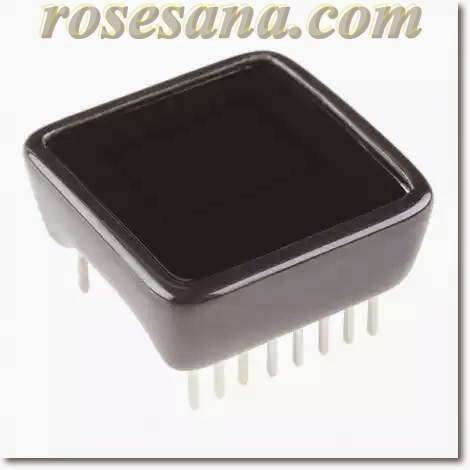XL-3100 Handheld 2D Barcode Scanner
- Read all major 1D and 2D barcode symbologies
- Reliable safety design with CE, EMC, RoHS, Class I laser safety
- Ergonomic, snappy and stylish design
- Suit for all POS systems
- Read inverse barcode symbology
- Read barcode symbology on phone screen
- Antiknock design: withstand 1.5M drops
- Supporting the RS232, PS2 and USB interface
- Full independent intellectual property rights
XL-3100 Technical Specifications
PERFORMANCE
- Image Sensor CMOS, gray scale
- Image size 752 × 480 pixels
- Light Source LED,618nm-633nm
- Precision ≥5mil
- Depth of Scan Field 40-235mm
- Symbologies (1D,2D) 1D:EAN-8,EAN-13,UPC-A,UPC-E,Code 39,Code 93,Code 128,EAN128,Codabar,Industial 2 of 5,Interleave 2 of 5,Matrix 2 of 5,MSI,Chinese postcode GS1 Databar etc.
- 2D: PDF417, QR Code (Model/2), Aztec, Mxicode, DataMatrix (ECC200, ECC000, 050, 080, 100, 140), etc
- Sensitivity Roll:360° Pitch and 0° Skew
- Skew:±60° Roll and 0° Pitch
- Pitch:±60° Roll and 0° Skew
- Support Interface RS232, USB HID-KBW, USB Data Pipe, USB COM Port, HID-POS
- Print Contrast Signal ≥30%
- Indicator Buzzer, LED
- Scan Mode Manual
PHYSICAL PARAMETER
- Dimension L × W × H:95mm× 70mm × 160mm
- Weight 153g
- Material ABS+PC
- Cable length 2 m
ELECTRICALS
- Power Consumption 2 W
- Voltage DC 5 ± 0.5V
- Current (Working) 400mA
- Current (Max) 450mA
- Current(Idle) 115mA
ENVIRONMENTS
- Operate Temperature - 5℃ — + 45℃
- Storage Temperature - 40℃ — + 60℃
- Humidity 5%— 95%
- Illumination 1 — 100000LUX
- Certification FCC Part 15 Class B,EC EMC Class B




























